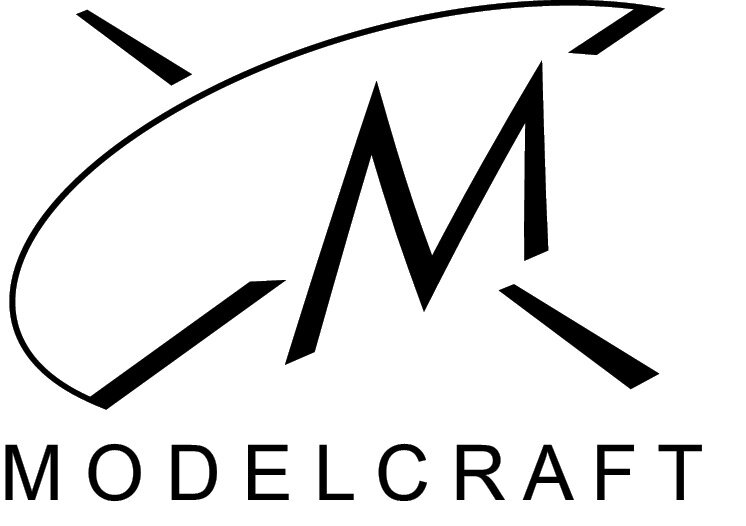FAQs
Can you laser cut metals?
No. Our lasers are perfect for cutting acrylic, plywood, mdf, card, paper, leather, fabrics and a range of other materials.
Unfortunately they are not suitable for cutting metals, other than engraving onto the surface of anodized aluminium.
Can you laser cut paper, fabric, felt or leather?
Yes! We don’t stock them but you are welcome to bring your own material for us to cut. Just make sure to supply a little more than you need for your file so that we can do some testing to get the cutting settings just right.
Precutting your material to fit either one of our laser beds will save you labour costs. Max Size either 800x450mm or 1200x600mm.
Can you cut any kind of plastic?
No. Many plastics emit toxic gases that are harmful for our health or for the lasercutting machine’s optics.
These are some of the plastics and materials that we cannot cut: PVC (Poly Vinyl Chloride)/pleather/artificial leather , Foamex, Polycarbonate/Lexan, ABS, HDPE, Styrene, PolyStyrene Foam/Foamboard, PolyPropylene Foam, Epoxy, Fiberglass, Carbon Fiber and Vinyl.
Do you offer a student discount?
We are student focused and offer a 10% student discount.
We also offer 10% discount for any job over $500 and 15% for orders over $1000. We will always try to match any competitor’s written quote, so please contact us should you receive a better offer!
How long will my order take?
Most small and medium jobs can be completed within one/two days of receiving your approval of our quote.
Larger jobs are usually completed within a week or two depending on the scale of the project and the availability of stock to complete your order.
For production quantity runs we can split projects into smaller batches to be delivered weekly or fortnightly.
We will always give a firm timeframe with every quote, but be sure to ask if you need your cutting done urgently – We try to be as accommodating as we can!
How much will my order cost?
Most lasercutting projects range between $25-$250, but this can vary widely.
The cost of a job is based on the number of drawings or sheets to be cut, the material and labour costs, and the time it takes to cut (which is roughly proportional to the total length of the lines in your drawing and the thickness of the materials to be cut).
What file format do you need?
The most consistent file formats for us to import are .pdfs (of vector files); We also accept .eps, .cdr and .dxf files.
We can often import .ai and .dwg files but we sometimes detect errors that are not immediately obvious.
Ideally send your drawing in two formats (e.g. send your file as a .pdf + .ai or a .dxf + .pdf) so we can compare them and make sure that everything is importing correctly.
You can find our formatting templates and requirements are found under the ‘Draw Your File’ tab.
What is protective paper for?
Some burn marks will appear on the faces of most materials as a result from lasercutting. On jobs where the appearance of the finished product is important, we recommend specifying protective paper to protect the surface of plywood, fabric, leather and sometimes card from burn/smoke marks. The paper can be easily removed by you (depending on complexity of the cutting) once the cutting has been completed.
You can choose if you want protective paper on the front, back or both faces of your material, or if you do not need it at all.
Incidentally, the paper can also be useful during painting since it is possible to peel up just the sections to be painted while the rest remains masked.
What is the biggest size that you can cut?
We have two different sized lasercutting machines:
•The maximum cutting dimensions in the bigger laser bed is 1200 x 600mm.
•The maximum cutting dimensions in the smaller laser bed is 800 x 450mm .
Most of our materials come in these sizes as well.
What thickness can you cut through?
We can cut acrylic, MDF and plywood up to 12mm depending on density.
Screenboard/boxboard up to 4mm.
Our maximum cutting thickness for other materials varies, so we usually do a test-cut to determine correct settings and to confirm our ability to cut through them.
What glues do you stock and recommend?
•Acrylic: For surfaces, we sell and recommend double-sided tape (which we can laser cut) or acrylic solvent.
For acrylic edge joins we sell and recommend acrylic solvent, Weldon16 gel or Zap superglue.
•Timber & Card: For surfaces, we sell and recommend PVA , Kwik-Grip Advanced adhesives or double-sided tape.
For joining timber edges we sell and recommend Superglue and UHU.
We have experience with many materials and adhesives, so if you have any special requirements, just ask for our suggestions.
